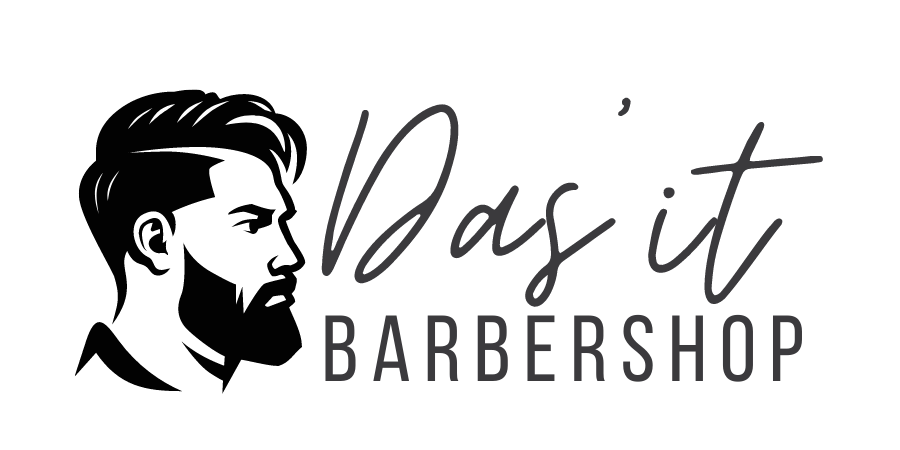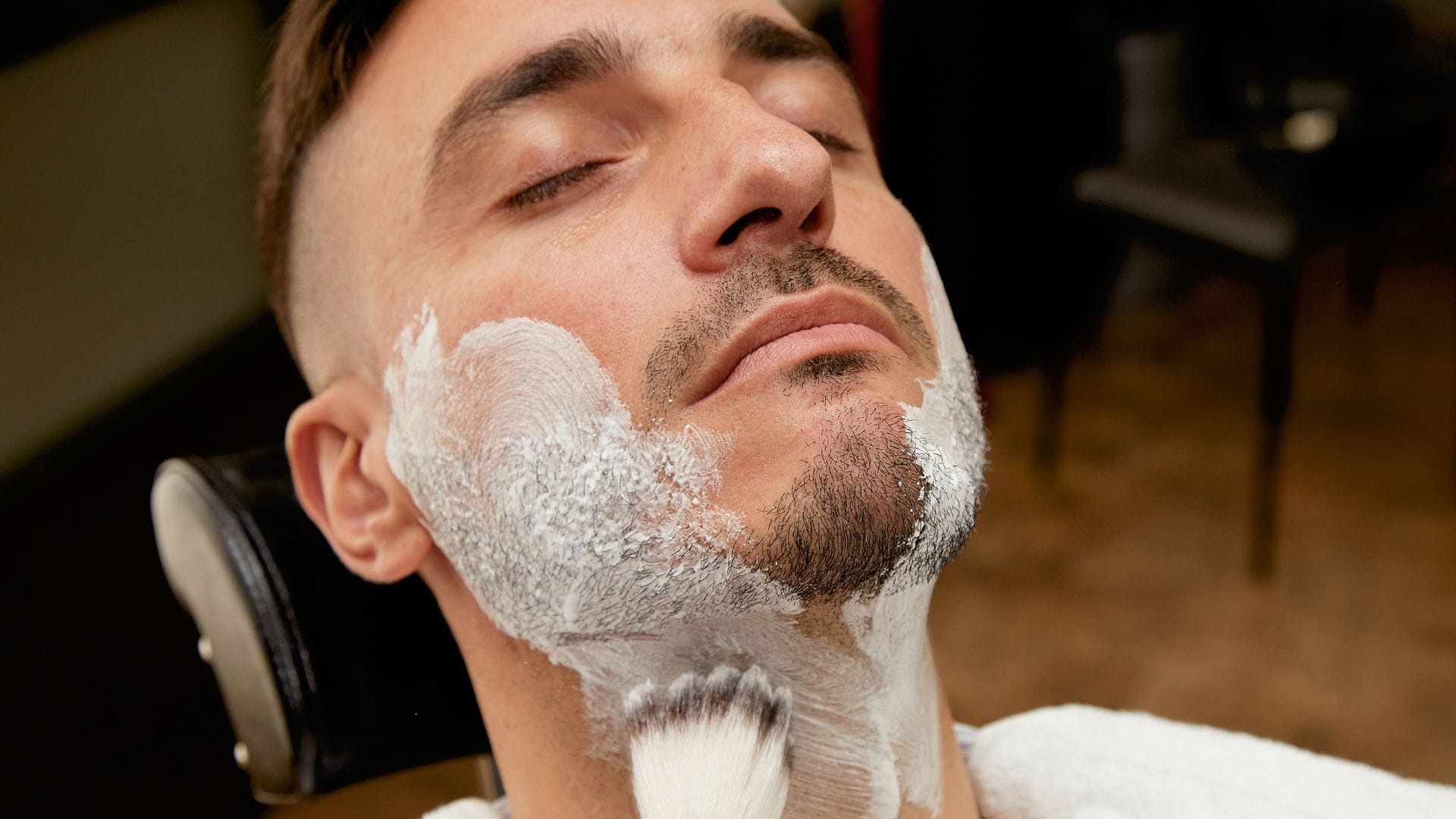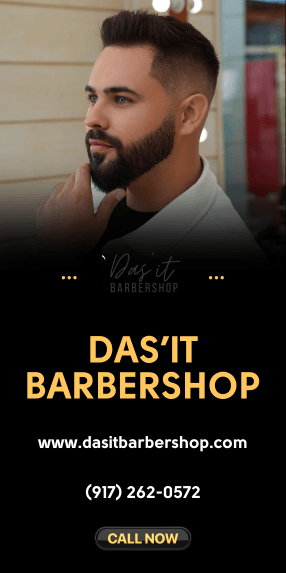Shaving is a vital part of the daily grooming routine for many men. However, it often comes with a set of common problems that can lead to discomfort and frustration. Understanding how to address these issues is essential for those looking to achieve a smooth and irritation-free shave. Let’s explore these challenges and offer effective solutions for each.
1. Razor Burn
Razor burn is a common issue characterized by a red, irritated rash that many men experience after shaving. This discomfort arises when the skin becomes inflamed due to the friction and pressure from shaving. To mitigate this problem, it’s crucial to start with a sharp, clean razor; using a dull blade can tug at the hair and irritate the skin.
Additionally, applying a high-quality shaving cream creates a protective barrier between the skin and the razor, reducing friction and providing extra moisture. It’s also essential to shave in the direction of hair growth rather than against it, as this helps prevent the hair from getting pulled out in a way that irritates the skin.
Lightening the pressure on the razor and allowing the blade to glide smoothly is another key technique to avoid razor burn. Incorporating these practices into the shaving routine can significantly reduce the risk of experiencing razor burn and contribute to a more comfortable shave in New York.
2. Ingrown Hairs
Ingrown hairs are a troublesome issue that many men face, occurring when shaved hairs curl back into the skin instead of growing outward. This can lead to painful bumps, redness, and sometimes even infection if not addressed properly. The first step in tackling ingrown hairs is regular exfoliation. By using a gentle exfoliant, you can remove dead skin cells that may clog hair follicles, allowing hair to grow out properly.
Additionally, choosing the right razor can make a significant difference. Opting for a single-blade razor over multi-blade options can help minimize irritation and decrease the chances of hairs being cut too short, which often contributes to them curling back into the skin. After shaving, it’s crucial to keep the skin well-hydrated; applying a quality moisturizer can soothe the skin and maintain its elasticity, making it less prone to trapping inward-growing hairs. Through these preventive measures, ingrown hairs can be effectively minimized, leading to smoother, clearer skin and a more pleasant shaving experience.
3. Nicks and Cuts
Nicks and cuts are common issues that can occur during shaving, often due to improper technique or dull blades. To effectively avoid these minor injuries, it is essential to ensure that the razor is both sharp and clean before each shave. A sharp blade not only provides a closer shave but also reduces the risk of tugging at the skin, which can lead to cuts. Regularly changing razor blades also helps maintain a fresh edge, diminishing potential hazards.
When shaving, particularly around tricky areas like the jawline and upper lip, it is crucial to proceed slowly and with meticulous care. These regions typically have contours that require attention to detail and precision, making a steady hand essential to prevent mishaps.
In the unfortunate event that a nick or cut occurs, it is important to address it promptly to mitigate bleeding. Applying a styptic pencil or an alum block is a traditional yet effective remedy. These products contain agents that constrict blood vessels and promote clotting, helping to swiftly stop any bleeding. Additionally, they possess antiseptic properties, reducing the risk of infection and soothing the skin. By implementing these strategies, the risk of nicks and cuts can be significantly minimized, leading to a safer and more comfortable shaving experience.
4. Uneven Shave
An uneven shave can be frustrating, often resulting from a dull blade or poor technique. Achieving a smooth and even shave requires a quality razor and attention to shaving methods. To start, using a high-quality razor with multiple blades can greatly enhance the closeness of your shave. The design of these razors allows for better contour adaptation, ensuring that more hair is removed in a single pass. It’s equally important to maintain consistent pressure as you shave, avoiding the temptation to press too hard, which can cause irritation or missed spots.
Additionally, taking the time to prepare your skin properly by cleansing and applying a suitable shaving cream or gel can soften hairs and create a smoother surface for the razor to glide over. This preparation minimizes resistance and ensures that the razor doesn’t skip certain areas. Proper maintenance of your razor, such as rinsing blades between strokes and replacing them regularly, ensures optimal performance. By implementing these strategies, you can achieve a closer, more even shave, enhancing your grooming routine and reducing the frustration of an uneven result.
5. Dry Skin
Shaving can exacerbate dry skin, leaving it feeling tight and uncomfortable. To combat this, it’s essential to incorporate hydrating products into your shaving routine. Using a pre-shave oil can create a protective barrier that locks in moisture, softening facial hair and allowing the razor to glide smoothly across the skin, reducing friction and irritation. These oils often contain nourishing ingredients like jojoba or almond oil, which provide an added layer of lubrication to prevent the razor from pulling on dry, rough patches.
In addition to pre-shave oils, applying a moisturizing aftershave balm can replenish lost hydration, calming the skin and preventing post-shave dryness and irritation. Look for balms containing soothing components such as aloe vera or shea butter, which help to repair and restore the skin’s natural barrier.
Moreover, it’s advisable to avoid using hot water to rinse the razor during shaving, as hot water can strip the skin of its essential oils, leading to further moisture loss. Instead, opt for lukewarm water to preserve the skin’s natural moisture balance. By integrating these tips into your shaving practice, you can protect dry skin and achieve a comfortable, irritation-free shave.
6. Sensitive Skin
Men with sensitive skin require special consideration when it comes to shaving to avoid irritation and discomfort. Choosing the right razor is crucial. Opt for razors specifically designed with features to minimize irritation, such as those with multiple blades and a pivoting head, which can help to reduce pressure and drag against the skin. Additionally, razors with a lubricating strip infused with soothing ingredients like aloe vera or vitamin E can provide an extra layer of comfort during the shaving process.
Alongside selecting the appropriate razor, using a soothing shaving gel tailored for sensitive skin is essential. These gels are typically free from harsh chemicals and fragrances that can trigger irritation. Instead, they often contain gentle, calming agents such as chamomile or oatmeal that help to soften facial hair and provide a smoother glide for the razor, reducing friction and potential skin trauma.
After shaving, it’s vital to avoid alcohol-based aftershaves, which can exacerbate sensitivity by stripping away natural oils and causing a stinging sensation. Instead, look for alcohol-free aftershaves or post-shave balms that are formulated to calm and hydrate the skin. Ingredients like witch hazel, glycerin, or tea tree oil are excellent choices, as they help soothe inflammation, tighten pores, and restore moisture, facilitating a comfortable post-shave experience. By incorporating these strategies, men with sensitive skin can achieve a closer shave while minimizing the risk of irritation and achieving smooth, healthy skin.
7. Over-Shaving
Shaving too frequently can lead to skin irritation, which is a common concern for those with sensitive skin. Each shave removes not only facial hair but also a thin layer of the surface skin, which can lead to increased sensitivity if done too often. Over-shaving can strip the skin of its essential oils and disturb its natural barrier, causing redness, dryness, and in some cases, small roughed-up bumps or ingrown hairs. To mitigate these effects, it is important to allow the skin time to recuperate between shaving sessions. This downtime gives your skin a chance to heal and regenerate, reducing the risk of irritation and allowing for a smoother shave next time.
For those who find that daily shaving is necessary, consider alternative grooming methods to alleviate the burden on your skin. Trimming with an electric razor or utilizing a beard trimmer can help manage facial hair with less direct contact and stress on the skin’s surface. These tools are designed to cut hair without the need for multiple passes over the same area, thereby minimizing irritation. Additionally, incorporating regular skin-care routines that include hydrating and exfoliating can further support skin health between shaves, ensuring that the skin remains resilient and less susceptible to irritation from shaving activities.
8. Clogged Razor
A clogged razor often results in an ineffective shave, leading to increased irritation and discomfort for individuals with sensitive skin. When hair and shaving cream accumulate between the razor blades, it prevents the blades from cutting cleanly and effectively, increasing the friction on the skin. This can cause additional passes over the same area, which contributes to potential redness and irritation. To avoid this problem, it is crucial to maintain a clean razor during every shave. One effective method is to rinse the razor with hot water after each stroke. The hot water helps to dislodge hairs and soften any cream or gel residue, ensuring that the blades remain unobstructed and cutting efficiently.
For individuals looking for a more streamlined shaving experience, choosing a razor with an open design can be beneficial. These razors are specifically engineered to allow hair and lather to easily pass through the blades, reducing the likelihood of clogging. Such a design not only simplifies the rinsing process but also enhances the overall shaving performance by maintaining sharpness and minimizing the risk of irritation. By prioritizing a clear and effective shave, those with sensitive skin can help ensure a smoother, less painful shaving routine that nurtures rather than stresses the skin. Regular cleaning and maintaining a suitable razor choice are small yet impactful steps toward caring for sensitive skin.
9. Shaving Against the Grain
Shaving against the grain is often tempting for those seeking the closest possible shave. However, this technique can significantly increase the risk of irritation and ingrown hairs, particularly for individuals with sensitive skin. Shaving against the grain involves moving the razor in the opposite direction of hair growth, which can cause the hair to be cut very close to the skin’s surface or even below it. This increases the potential for hairs to become trapped beneath the skin as they grow back, leading to painful and unsightly ingrown hairs. Additionally, the resistance encountered when dragging a razor against the grain can cause skin irritation and cuts.
To minimize these risks while still achieving a satisfactory shave, it is important to consider a balanced approach. Start by shaving with the grain, which typically involves a downward motion on most parts of the face. This allows the razor to glide more smoothly over the skin, reducing the likelihood of irritation. If a closer shave is desired after the initial pass, a cross-grain shave can be performed as a finishing touch. This involves angling the razor to move perpendicular to the direction of hair growth, offering a closer cut without the increased risks associated with entirely against-the-grain shaving. Adopting this method helps to preserve skin health while ensuring a clean, comfortable shave. Using a sharp, clean razor and proper lubrication during shaving can further enhance results and protect sensitive skin.
10. Poor Product Choice
Selecting the wrong shaving products can lead to a host of problems, ranging from mild irritation to severe dryness. Without careful consideration, a product that seems effective for one person could cause discomfort or adverse reactions for another. It’s crucial to understand your skin type and specific needs when choosing shaving products. For instance, individuals with sensitive skin should look for products labeled as hypoallergenic or formulated for sensitive skin, reducing the likelihood of irritation or inflammation. On the other hand, those with oily skin might benefit from oil-free or non-comedogenic formulations to prevent clogged pores and acne.
In a bustling city like New York, where staying fashion-forward is paramount, many fashion forward men turn to expert barbers for personalized product recommendations. Barbers are well-versed in various skin types and concerns, offering insights into the most suitable shaving creams, gels, and aftershaves. Their advice extends beyond just mitigating irritation; it encompasses selecting products that enhance the overall shaving experience, ensuring skin remains healthy and smooth. Trusted barbers often recommend high-quality, natural ingredient-based products that align with individual preferences and wellness goals, thereby fostering a better grooming routine and elevating one’s grooming standards.
11. Using Dull Blades
Dull blades are a common culprit behind many shaving woes. When a blade loses its sharpness, it tends to tug at hair rather than cutting it cleanly, leading to increased irritation and discomfort. This pulling action not only makes the shaving process painful but also increases the likelihood of developing razor burn, nicks, and cuts. Continuous use of a dull razor can exacerbate these issues, resulting in skin inflammation and even ingrown hairs.
Regularly replacing your blade is essential for a smooth, comfortable shave, as a sharp edge glides effortlessly over the skin, minimizing friction and reducing the potential for damage. It’s advisable to change disposable razor blades every five to ten shaves or whenever you notice a decline in performance. For cartridge razors, switching blades after a similar number of uses is wise. By maintaining a consistent routine for blade replacement, you not only protect your skin from irritation but also enhance the efficiency and satisfaction of your shaving experience.
12. Believing Men’s Grooming Myths
Men’s grooming is an area often overshadowed by mens grooming myths that can lead to misguided practices, especially when it comes to shaving routines. One prevalent myth is that shaving more frequently will cause hair to grow back thicker and faster. This misconception might cause some to shave less often, fearing unwanted changes in hair texture or growth patterns. The reality is that shaving does not alter the thickness, color, or growth rate of hair. Hair may appear thicker as it regrows because the razor cuts the hair at an angle, creating a blunt tip, which feels coarse compared to the naturally tapered ends of unshaven hair.
To navigate through such myths, it’s crucial to rely on credible sources and professionals who can provide factual information. Barber in New York, especially those experienced in diverse urban settings like New York, are valuable resources as they have extensive knowledge of grooming practices and hair types. They can provide personalized advice that debunks common misconceptions and ensures that grooming routines are based on sound, scientifically-backed information. Trusting these experts can lead to better-informed decisions, resulting in a more effective and satisfying grooming experience tailored to individual needs.
Conclusion
Adjusting the shaving approach and using the right tools and products can address these common problems effectively. A well-refined grooming routine begins with understanding your unique hair and skin type, as well as debunking prevalent myths that might have misled past practices. Embracing a methodical approach to grooming not only enhances personal appearance but also boosts confidence and comfort.
For those looking to stand out as a fashion-forward man, exploring expert advice and services can be a game-changer. New York, known for its cutting-edge style and diverse cultural influences, offers a plethora of barbershops and grooming establishments that provide a wide array of shave options tailored to meet individual preferences. Specialists here are adept at the latest trends and traditions, offering insights and services that can transform a mundane routine into a luxurious experience. They equip clients with personalized techniques and recommend suitable products that enhance effectiveness while providing a close, comfortable shave. By embracing these expert offerings, one can elevate the grooming experience to new heights, ensuring they not only look their best but feel their best too.


